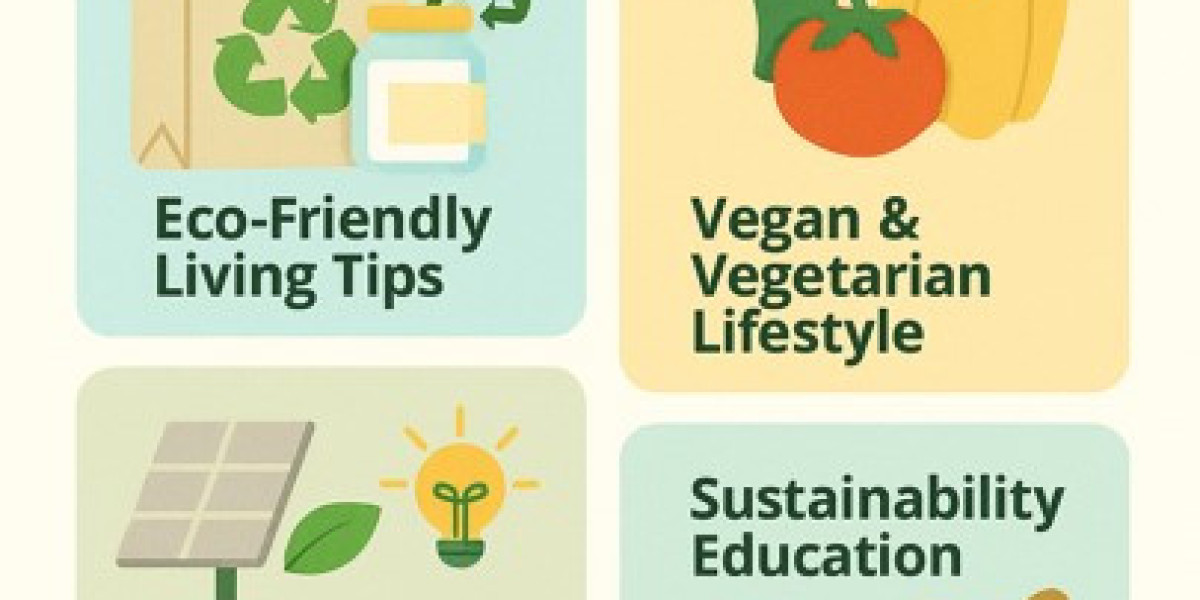As the world confronts the growing threat of climate change, the term “carbon footprint” is becoming more widely used in everyday conversations. But what does it really mean, and why should it matter to you?
Your carbon footprint represents the total amount of greenhouse gases—primarily carbon dioxide (CO₂)—that are released into the atmosphere as a result of your actions. From the food you eat and the way you travel to the electricity you use at home, nearly every aspect of daily life contributes to your carbon footprint. By understanding and reducing it, you can play a meaningful role in protecting the planet.
What Is a Carbon Footprint?
A carbon footprint is the measure of the total greenhouse gas emissions (GHGs) caused directly and indirectly by an individual, organization, product, or event. These gases—mainly CO₂, methane (CH₄), and nitrous oxide (N₂O)—trap heat in the Earth’s atmosphere and contribute to global warming.
Carbon footprints are usually measured in metric tons of CO₂-equivalent (CO₂e). The larger your footprint, the more you contribute to climate change. According to the Global Carbon Project, the average global carbon footprint per person is around 4.8 tons per year, though this number varies greatly between countries.
Major Sources of Carbon Emissions
Understanding where emissions come from is the first step in reducing your footprint. Common sources include:
- Transportation: Cars, planes, and other vehicles that burn fossil fuels.
- Energy Use: Electricity and heating, especially when powered by coal, oil, or gas.
- Food: Especially meat and dairy, which require more land, water, and resources.
- Consumption: Clothes, electronics, and other goods that require energy to produce and transport.
- Waste: Decomposing landfill waste emits methane, a potent greenhouse gas.
Why Reducing Your Carbon Footprint Matters
Climate change is one of the most pressing challenges of our time. Rising temperatures, more frequent natural disasters, droughts, floods, and habitat loss are just some of the consequences. By lowering your carbon footprint, you help:
- Reduce greenhouse gas emissions
- Protect ecosystems and wildlife
- Improve air and water quality
- Encourage sustainability and responsible consumption
- Create a better future for coming generations
Small actions, when multiplied by millions of people, can make a huge difference.
How to Reduce Your Carbon Footprint
Here are practical ways to reduce your personal impact on the environment:
- Drive Less, Travel Smart
Use public transportation, bike, walk, or carpool whenever possible. For long distances, choose trains over planes. If you drive, consider switching to a hybrid or electric vehicle.
- Save Energy at Home
Switch to energy-efficient appliances and LED lights, unplug electronics when not in use, and improve insulation to reduce heating and cooling needs. Consider installing solar panels or using green energy providers.
- Eat Sustainably
Cutting back on meat and dairy can significantly reduce your footprint. Focus on local, seasonal, and plant-based foods. Reduce food waste by planning meals and storing food properly.
- Buy Less, Choose Wisely
Buy products that are durable, repairable, and made sustainably. Avoid fast fashion and unnecessary packaging. Reuse, recycle, and donate what you no longer need.
- Offset What You Can’t Avoid
If you can’t eliminate certain emissions—like travel—you can offset them by supporting carbon offset programs that fund reforestation, renewable energy, or conservation projects.
The Bigger Picture
While individual actions are crucial, systemic change is also necessary. Support policies and companies that prioritize sustainability and hold major polluters accountable. Encourage schools, workplaces, and communities to adopt greener practices.
Final Thoughts
Reducing your carbon footprint isn’t about being perfect—it’s about making better choices, one step at a time. The more we understand our impact on the environment, the more empowered we become to change it.
By lowering your carbon footprint, you contribute to a cleaner, healthier, and more sustainable world—for yourself, your community, and future generations.



